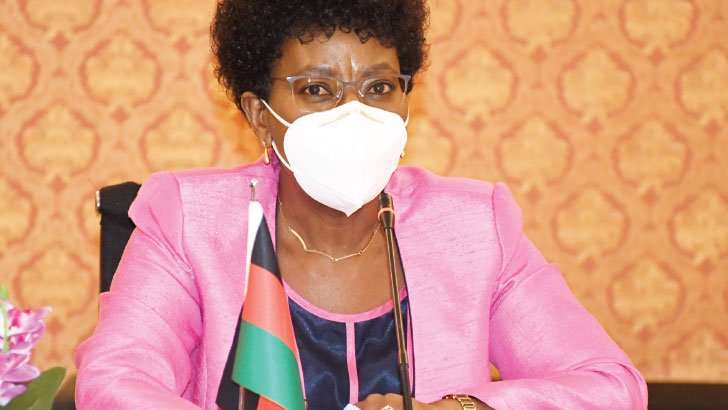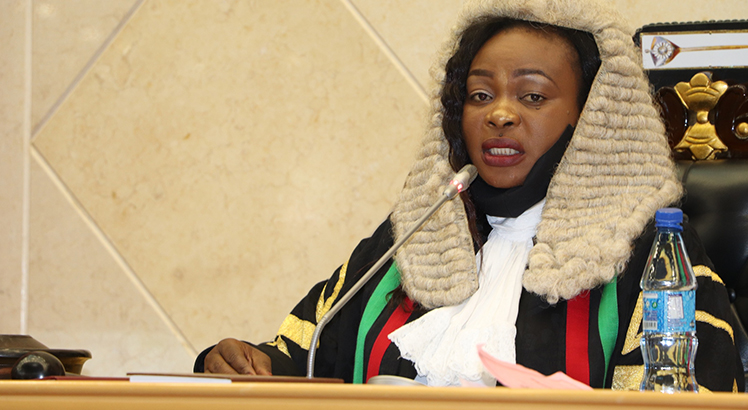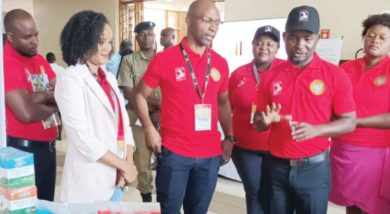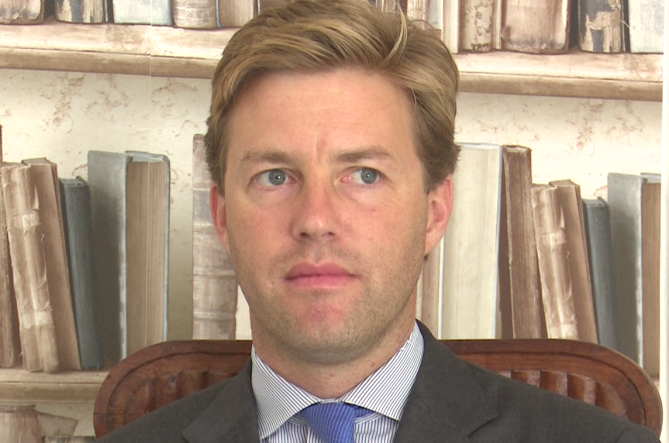Experts call for investment in basic education
Education policy experts have stressed the need to invest more resources in the education sector to help bridge the gap between learners transitioning from primary to secondary education.
In separate interviews in reaction to the status of basic education in Malawi, the education policy experts said among others, there will be need for the country to build at least 1 000 schools to create the much-needed space for learners.

Figures from Ministry of Education indicate that while the primary school completion rate currently stands at 51.2 percent, the transition rate to secondary school is at 37.6 percent.
The figures also show that there are 5 770 public primary schools with an enrollment of 5 274 819, but with a high repetition rate of 23 percent and dropout rate of nine percent.
In terms of gender parity, it stands at 1:1—2 605 128 boys and 2 669 691 girls while the qualified teacher ratio is 68:1, special needs teacher ratio 15:1, pupil desk ratio—double-seater desk—33:1 and pupil textbook ratio 4:1 with extreme cases being 9:1.
The available data shows that neighbouring Zambia’s primary completion rate is at 91.8 percent with a transition to secondary school at 67.5 percent while Mozambique’s primary completion rate is at 46 percent while transition rate to secondary at 74 percent.
On the other hand, Tanzania’s completion rate is 58 percent and transition rate to secondary school is 56 percent.

In an interview on Thursday, Edukans Foundation Malawi country representative Limbani Nsapato said it is sad that almost half of learners who enrol in primary school do not complete, leaving them semi-illiterate.
He said there are numerous contributing factors to the low completion rate, including the high dropout rate.
Nsapato said: “These [factors] are the dropout and repetition rate. Together, they make up a third of the reasons for the low completion rate. So, I think as stakeholders, we need to address these factors.
“The repetition rate is because as the learners are repeating, they are not able to gain enough skills and this is [brought about] by shortage of teachers as well as shortage of learning materials, among other factors.”
While stressing that teachers also lack motivation to teach to their best, he described as a disaster the fact that almost two-thirds of primary school learners cannot make it to secondary school.
Nsapato noted that Ministry of Education receives huge allocations in national budgets, but said the K337 billion for the 2021/22 fiscal year is almost equivalent to half of the needed K650 billion as projected in the National Education Sector Investment Plan.
In a separate interview, education policy expert Steve Sharra said there will also be greater need to grow the country’s economy multiple times for Malawi to afford decent education.
“We would need to take the entire annual national budget of K2 trillion and allocate it to education alone every year for the next decade for us to improve the situation.
“We need a national conversation on how to grow the economy in a rapid sustainable way so as to improve the education budget as well as other crucial sectors,” he said.
Sharra also said that the Malawi 2063 has given the country direction to take and that investing in the education sector is key as it is the core of developing the rest of the country.
Ministry of Education Principal Secretary Chikondano Mussa asked for more time when asked about interventions being put in place to address the situation.
But Minister of Education Agnes NyaLonje is on record to have told the media last week that government has embarked on numerous programmes to improve access to secondary education, apart from constructing schools.





